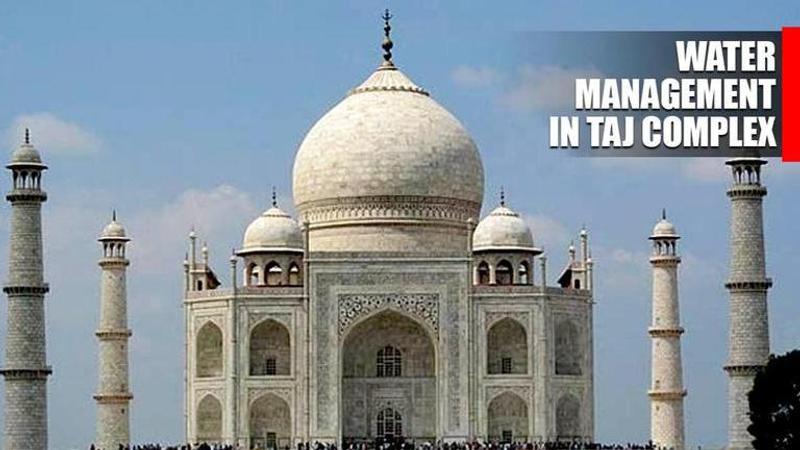Published 19:27 IST, November 20th 2019
ASI: Taj Mahal to use waste water from RO treatment to replenish water table
ASI announces that the monument would use wastewater through RO treatment in its complex to replenish the water table and groundwater in the city of Agra.

Advertisement
The ASI has begun doing its bit to replenish groundwater around Taj Mahal, diverting wastewater discharged during the RO treatment to a stepwell built during the Mughal period. Of the 40,000 litres of wastewater generated within the Taj Mahal complex, some would also be channelised into a well and four borewells that have been constructed for this purpose.
"This exercise has been undertaken to spread a message that Taj Mahal, a place which sees maximum tourist footfall in the country, can also contribute to water conservation," said Vasant Kumar Swarnkar, superintending archaeologist of Archaeological Survey of India (ASI), Agra Circle, to PTI on Wednesday.
A total of 30,000 litres of drinking water is provided daily through the RO (Reverse Osmosis) process for consumption, he said. In the process, 30,000 litres of wastewater is generated and another 10,000 litres is wasted during consumption. So overall, 40,000 litres of water is being wasted every day, he said. While 30,000 litres of the wastewater will be diverted into the stepwell and the well, the remaining 10,000 litres will go into the borewells, Swarnkar said.
He said the water will be channelised through PVC pipes to replenish the water table at 120 feet. The Taj Mahal complex has six RO systems which provide 750 to 2,000 litres of water every hour, he said, adding that the Mughal era mausoleum is open to tourists for 10 hours every day.
18:59 IST, November 20th 2019




